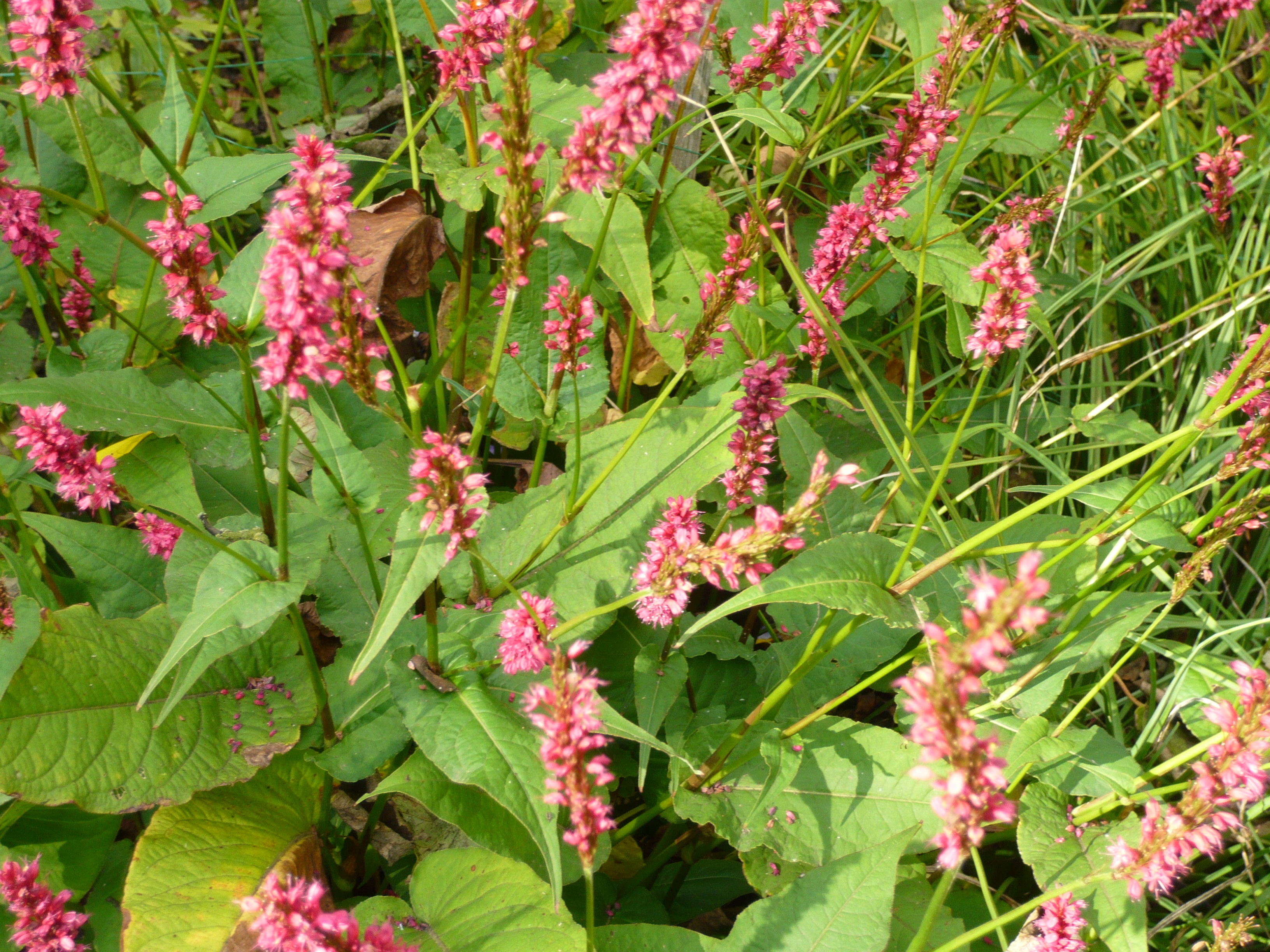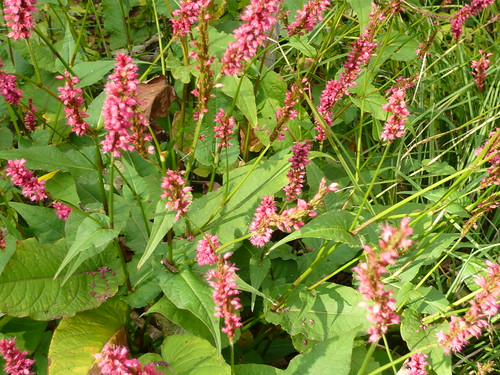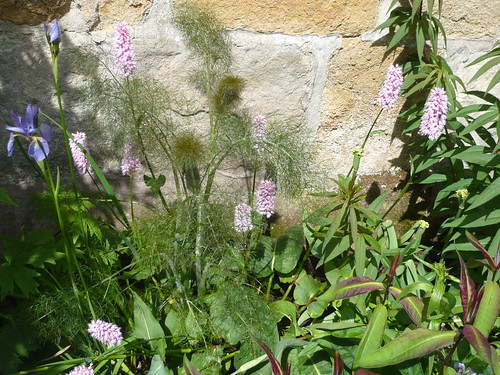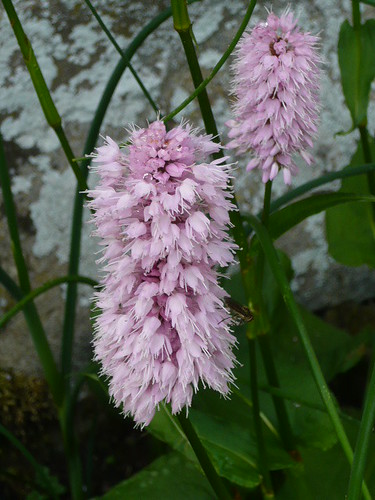
Help with Growing Persicaria

Available in Red Pink and Mauve shades there are many versions of Persicaria to grow in your garden.
Help Chosing Places for Growing Persicaria
- As moisture loving plants Persicaria are used in boggy areas or near water.
- Most Persicaria have creeping stems and bottle brush flowers that form good ground cover.
- There varieties suitable for the rock garden and even aquatic ones for the pond.
- Some varieties look good in a cottage garden or as part of a mixed border.
Help Selecting and Growing Persicaria
- Dead head spent blooms by pulling off the flowering stem at its base to encourage further flowers throughout the summer.
- Whilst Persicaria prefer moist soil most will tolerate dry conditions but won’t spread in those circumstances.
- Propagate by division, splitting larger clumps in autumn or spring.
- Persicaria nepalensis is low creeping ground cover for shade. Boldly patterned leaves turn redder in the sun.
- Persicaria amplexicaulis “Blackfield” has slender flowers in very deep red.
- Persicaria virginiana Variegata is grown for its variegated leaves
- Persicaria polymorpha has large pointed leaves and white heads of frothy flowers in May.
- Persicaria affinis “Superba” or Dimity AGM has pink flowers and leaves that turn red in autumn

Persicaria are from the family Polygonaceae which includes the weed like Polygonums. However the herbaceous species named above make good garden plants.
Like many flowers Persicari bistorta repays close attention. From afar the flowers look small and unexceptional but close too they are frilly and delightful tubes of flower power.
The RHS says ‘Persicaria can be annuals, herbaceous or evergreen perennials or sub-shrubs with simple leaves and small bell-shaped white or pink flowers in long-lasting spikes or panicles’ and have awarded an AGM to Polygonum amplexicaule ‘Fire Tail’

One thought on “Help with Growing Persicaria”
Comments are closed.